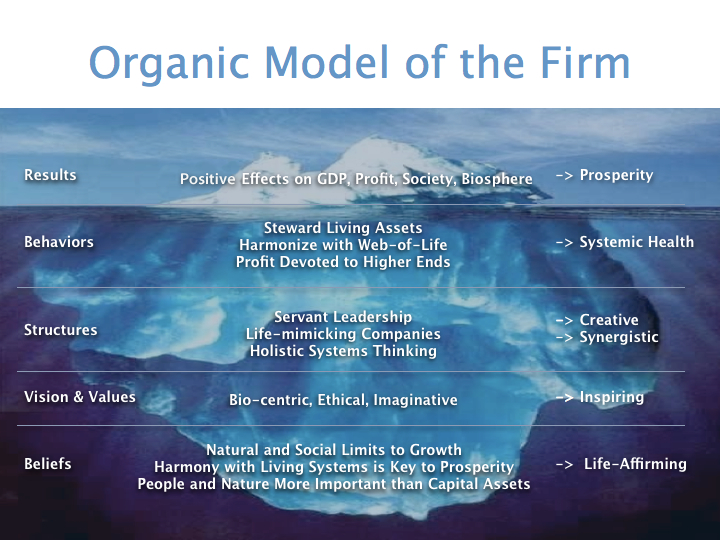These days, it’s not unusual to hear investors and others talk about socially responsible investing, seeing a connection between a company’s social behavior and its economic performance. But back in the late 1960s, when Jay Bragdon was a young investment analyst in Boston, such an idea was fantasy. Bragdon decided to take a look at the numbers, and he found that companies that acted in ways that valued the environment, their community and their employees actually performed better than companies that were focused solely on the financial bottom line. It was the start of a line of inquiry that led him, and many others, to recognize the significance of corporate cultured for companies, their investors and the global community.
With his paper“Is Pollution Profitable? Environmental Virtue and Reward: Must Stiffer Pollution Controls Hurt Profits?” (co-authored with John Marlin), published in 1972, Bragdon launched a school of thought and an investment paradigm that woke business as usual out of its profits trance. And it wasn’t just a fad. Today Bragdon manages millions for clients based on these principles, encapsulated in his Global LAMP Index, an index of companies that practice what he calls “living asset stewardship.” Last year Bragdon’s LAMP Index produced a total return to investors of 30 percent – significantly higher than its global peer group.
So what is the secret to creating a company that is built on respect for “soft” assets like employees, the natural world and sustainable communities? Bragdon uses the metaphor of an iceberg to illustrate the importance of corporate culture, with the financial results being the veritable tip of the iceberg that we can see (and that so many investors, pundits and cable channels are solely focused on). But below that visible portion of the balance sheet lies the bulk of what is happening, the ballast upon which those results float.
What really drives business profits
At the deepest layer are the beliefs that guide the company’s leaders and other employees — basic things like “we believe people are more important than money.” Built upon that is the foundational layer of vision and values — ideas like connecting with nature as a source of inspiration, or governance by a code of ethics instead of expedience. Next up toward the surface are the structures that express these beliefs and values in the company — the HR evaluation systems, or accounting that factors in external costs like carbon emissions. Then, at the level just below the surface, are the actual behaviors of everyone in the company and the company itself — how the company treats employees; how it selects vendors in a way that reduces carbon emissions or safeguards worker health, how colleagues work out differences in meetings, etc.
Taken as a whole, these “under the surface” corporate qualities make up the culture that infuses the company and its employees’ minute-by-minute actions and experiences. This is why culture is so very important.
What’s most amazing about this model is not that it so simply captures the essence of a corporation and how those essential qualities and actions affect profits, but also that the companies that explicitly think about this and put people and the earth first also do very well financially.
In the years ahead, when increasing turbulence and competition have a greater impact on corporate profits, this way of looking at business will be increasingly valuable. It’s a gold-plated wakeup call for companies to consciously choose their culture and create the beliefs, vision and practices that support it.
What’s your corporate culture?
Challenge question: can you describe your company’s culture in one out-breath right now? If you can, take a bow and enjoy it. If you have to think about it, or it doesn’t feel like what you experience every day, congratulations — you’ve just taken the first step to creating the culture that you really want.

No comments yet.